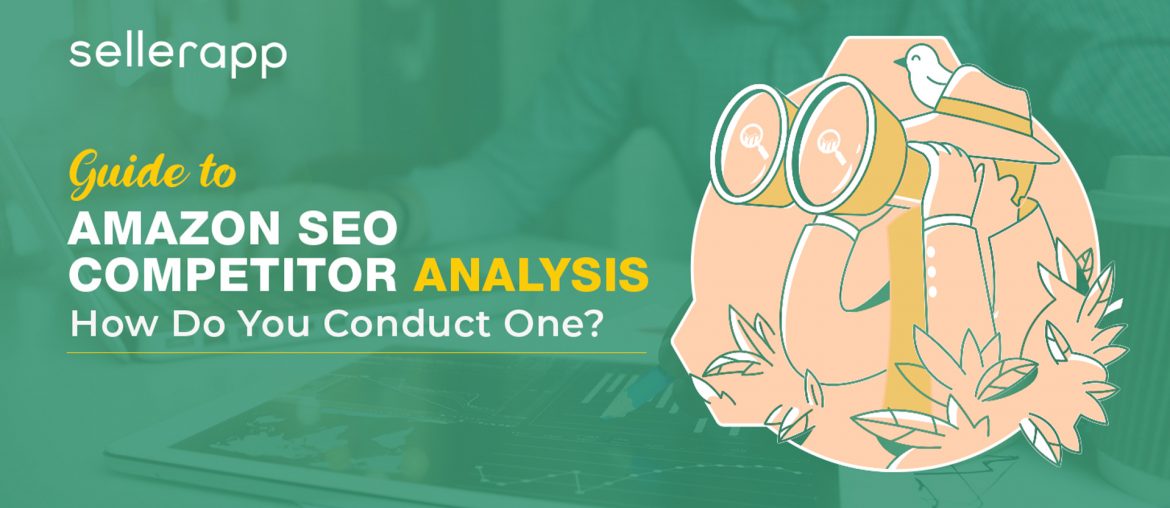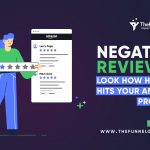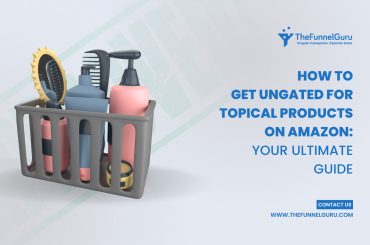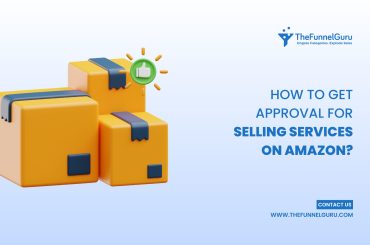Amazon Search Engine Optimization (SEO) is a key factor for sellers. This is where the practice of using relevant keywords comes into play. It involves everything from optimizing keywords to backlinks, text content, and images to generate a strong search volume. This may sound similar to SEO in general but there’s a difference between Amazon SEO and Google SEO with the main factor being that Amazon’s SEO is designed to sell products.
Why is it important?
In order to improve your ranking in Amazon’s search results, you need to optimize your product listings. Ranking higher on an Amazon search results page is important so that you have better visibility which in turn helps customers locate your products easily when they are searching on Amazon.
An important SEO tactic is competitor analysis. It is important to identify and research your competitors’ SEO tactics along with their strengths and weaknesses as this will allow you to take advantage of the gap in the market. The world of e-commerce is evolving rapidly day by day, and you need to constantly update yourself and keep tabs on what competitors may be doing better so you can stay on top of your game.
How do you conduct it?
There are several ways to conduct SEO competitor analysis on Amazon. You can begin with basic keyword research on Amazon and then identify competitors. Once you do that, you can analyze competitor’s keywords to identify what is driving sales. It is good to familiarize yourself with these practises.
Don’t worry! It’s not as complicated or laborious as it may seem. Here’s a simple guide with all the necessary information on steps that you need to take while conducting your Amazon SEO competitor analysis.
1. Competitors’ product pages and listings
The title, features, and descriptions of a product along with product images and Q&A contribute to the competitor’s success at better rankings. Analyze the content that your competitors use.
Your competitors are also following the format recommended by Amazon just as you do. So you’re probably wondering why your ranking isn’t as good, right? This could be due to various reasons like the fact that they use better quality pictures taken with plenty of natural light and demonstrate how one can use the product. They may also have their own Amazon stores which are like micro-sites to easily organize all your products in one place.
Amazon listing titles also need optimization. It is important to note what keywords are being used in the top-performing listings. Although Amazon frequently changes the number of characters typically required in a title, it is important to keep up with the changes.
You also need to look at how your competitors are using A+ Enhanced Brand Content to understand how they stand out from the competition.
2. SEO and Keywords – two sides of the same coin
The right amount of keywords enable your product to rank higher on the search results page. Observe the keywords used by your competitors and uncover their strategy with SellerApp’s Reverse ASIN.
Take into consideration back-end keywords as well, identify the organic keywords of competitors and use it to optimize your content in a better manner.
The UX and readability of your listings in comparison with your competitors can have an impact on how it ranks.
By gaining a good understanding of competitors and their keywords, you can find target keywords that haven’t yet been adopted by others. Improve and use them to gain an advantage by spending less.
3. Competitor pricing strategy and sales
Your pricing strategy should be done with utmost care. Firstly, narrow down your true competitors and categorize them. Analyzing their prices gives you a clearer perspective on how you must price your own products.
Taking into account the prices of competitor’s products, discounts, and coupons being offered by them is vital but ensure that you also make a profit.
Assess competitor sales monthly to estimate their approximate earnings. Unique, relevant keywords play an important role in driving the sales of a product. Better pricing means better sales which in turn improves your ranking on Amazon SEO. With the help of sales estimation tools, you can analyze the competition with ease.
4. Advertising Campaigns
Relevance plays a very important role in PPC (Pay-Per-Click) campaigns on Amazon. Therefore, your product listing has to be optimized for relevant keywords. The organic ranking of your product can improve with Amazon PPC.
Analyzing your competitors’ ad campaigns and strategy throws light on their choice of keywords, which result in the most conversions. Sales resulting from Amazon advertising campaigns are important. As long as products are optimized for SEO, it is easy to handle PPC.
Analyze those keywords in terms of CPC and search volume with tools that give you all the required insights. You can try and determine the targeted keywords your competitor is using although there’s no prescribed way to do this. You can try different techniques and it’s all a matter of trial and error.
In order to make your PPC campaigns stand out from the rest of the competition, highlight your products’ values and unique features to turn them into high-performing ones.
5. Reviews and feedback
Reviews are crucial to CTR and sales. Look at the reviews for competitor products and pay heed to the negative reviews of similar products in the marketplace. They reveal your competition’s strengths and weaknesses.
Amazon gives preference to reviews that are rich in both quantity and quality. The more detailed reviews you have, the better your SEO. It is also important to check if competitors respond to negative reviews. Once you identify their weaknesses, you can take advantage and profit from them. For instance, you can attend to customer’s pain points that haven’t been attended to by others. Their strengths would lie in how they respond to negative feedback from customers.
Amazon’s Q&A feature can help you immensely if you can scope out questions not answered by competitors and clear queries with the appropriate answers.
Product reviews, whether positive or negative and star ratings ultimately contribute to the total number of reviews, which in turn, helps with Amazon SEO.
Conclusion
It is said that Amazon is the most sought-after hub where over 60% of e-commerce shoppers begin their online searches while shopping for any products (source:marketingcharts.com). Hence SEO is at the focal point for all Amazon sellers.
One can adopt different methods to analyze competitor SEO on Amazon with these simple steps. Don’t hesitate to take tips and suggestions from useful sources.
Make use of the various options that are at your disposal or you can always write to [email protected] for 24×7 support and guidance.







